17+ Sample Freelance Contract Templates
-
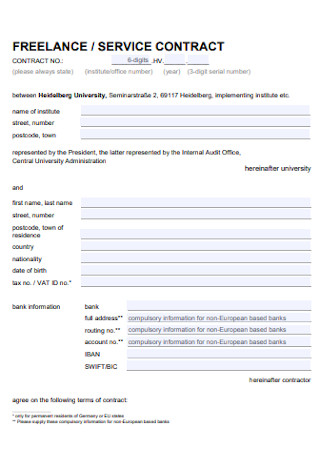
Freelance Service Contract
download now -
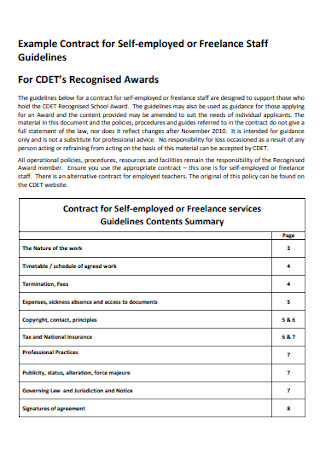
Freelance Staff Contract
download now -
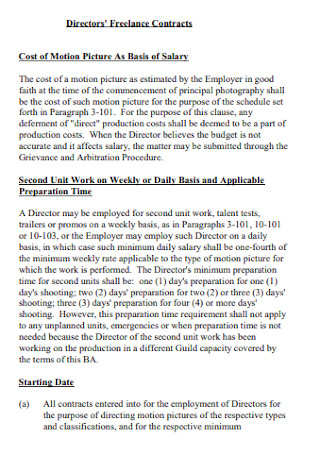
Directors Freelance Contracts
download now -
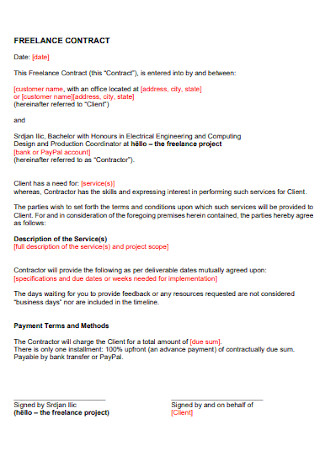
Freelance Project Contract Template
download now -
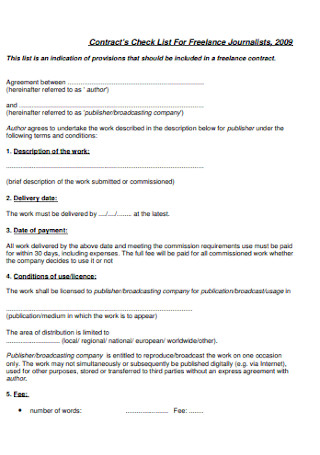
Check List Contract Template
download now -

Freelance Project Manager Contract
download now -
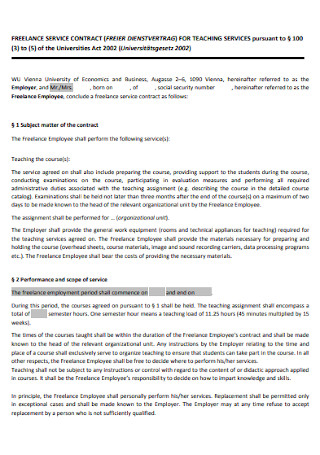
Freelance Service Contract Template
download now -
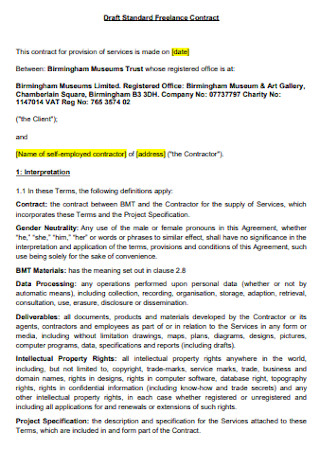
Standard Freelance Contract Template
download now -
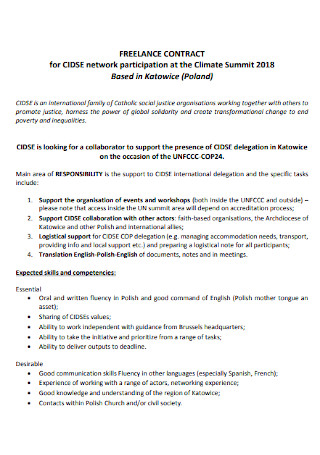
Sample Freelance Contract Template
download now -
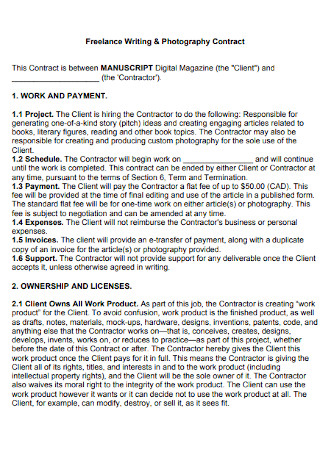
Freelance Photography Contract
download now -
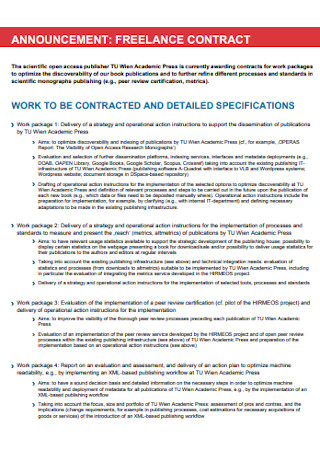
Formal Freelance Contract Template
download now -
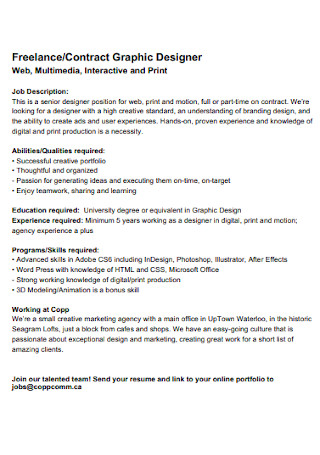
Freelance Graphic Designer Contract
download now -
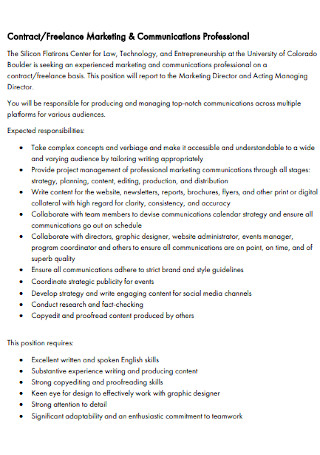
Freelance Marketing Contract Template
download now -
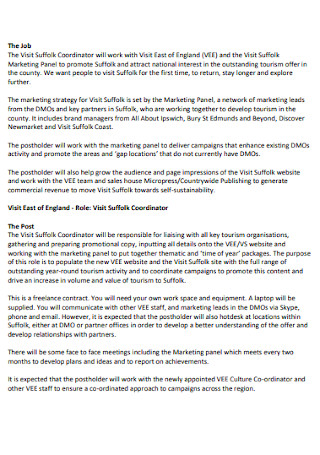
Freelance Coordinator Contract
download now -
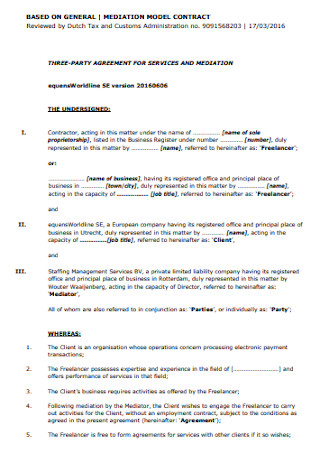
Freelance Mediation Model Contract
download now -
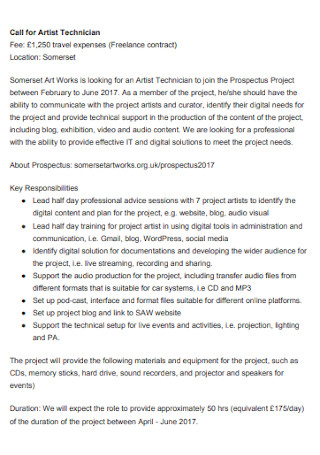
Freelance Artist Contract
download now -
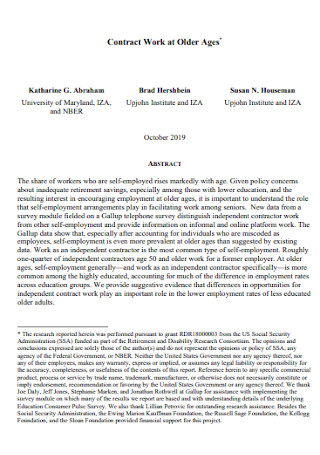
Contract Work at Older Ages
download now -

Short Term Freelance Contract Template
download now
FREE Freelance Contract s to Download
17+ Sample Freelance Contract Templates
What Is a Freelance Contract?
The Different Types of Freelancing Skills Available For You
How To Set Up a Freelancing Business
FAQs
What is the difference between an employment contract and a freelance contract?
What is an independent contractor?
Can you terminate a freelance worker anytime?
What Is a Freelance Contract?
When a person works on a per-project basis for a company or another individual, you call that person a freelancer. A freelancer is a self-employed individual who is not under the control of a business firm. Also, a freelancer is free to accept different jobs from different companies or individuals, unless a freelance contract demands exclusivity. Examples of freelancers include photographers, graphic designers, makeup artists, hair stylists, web developers, writers, event planners, and more. With that said, a freelance contract is an agreement between a client or a business entity and an independent worker who provides the services that the other party requires. Typically, a freelance agreement contains the following information: the background information of the parties involved, the contract term, the client’s expectations, the payment terms, and a termination clause. Note that freelancers are not employees, so they do not have withholding taxes when they work for a business entity. They are only responsible for paying their income taxes.
In 2018, the Freelancers Union and Upwork reported that there were about 56.7 million freelancers in the U.S.
That is a significant increase compared to 2013, where there were only about 3.7 million American freelancers.
Surprisingly, about 70% of freelancers attended skill training programs in the same year.
The Different Types of Freelancing Skills Available For You
Freelancing involves a freelancer offering his skills in return for payment. If you need help from a freelancer, then you can count on many freelancers out there. If you want to be a freelancer yourself, remember that you can learn skills and use them to earn money. The following are the different types of freelancing skills you can learn or can benefit from.
How To Set Up a Freelancing Business
Before you work as a freelancer, you must be clear about what kind of freelancing business you want to set up. It would be best if you learn how to manage your time because time is a factor that determines your business’s success. With that said, what are the specific steps one must take to work as a full-time employee while setting up a freelancing business? Follow the steps below.
Step 1: Establish Your Goals
You must establish your goals and be clear about what you want to achieve. Address the questions: Are you doing freelancing mainly to earn extra income? Do you want to work as a full-time freelancer in time? Is freelancing a means for you to achieve a greater goal? Take your time to know your reasons for becoming a freelancer or for starting your freelance business. After identifying your big goals, you can begin creating short-term goals that will be your step by step guide to achieving your primary goal.
Step 2: Place Your Business in a Profitable Position
Let’s say you’re an illustrator, and you hone your skills by using photoshop or adobe illustrator during your leisure time. You have many competitors in the same industry who will charge at lower prices than you. Many people worldwide want to earn and are willing to offer their services at a low price. For that reason, big companies take advantage of them. So, don’t try to compete with those prices. Focus on placing your business in a profitable position. Seek for clients who value quality work. Compete on value rather than price, and you’ll see better results.
Step 3: Know Your Target Market
Now that you have put your business in a profitable position, the next step is to attract the right customers. Your mission is to establish your name and be a go-to place for specific types of customers. Therefore, ask yourself the following questions: Which entities will need my service? Which business institutions can pay me the right price so I can achieve my goal? Who are the people who make decisions for these entities? When you answer those questions, you will better understand your target market.
Step 4: Set the Right Price for the Services You Offer
Price your services based on their value and not on the prices of your competitors. Don’t allow others to define the value of your service. Note that your fees may be expensive or cheap, depending on who your clients are. That is why you must first determine and attract the right clients. By doing that, you will be able to deliver what your clients need, and that will justify the price they have to pay. Remember not to charge too much, but at the same time, don’t undervalue your service.
FAQs
What is the difference between an employment contract and a freelance contract?
An employment contract is an agreement between an employee and an employer. A full-time employee cannot work for other business organizations that compete with the current company he is working for. A freelancer, on the other hand, under a freelance contract, can work for as many companies as he wants since he is working only on a per-project basis.
What is an independent contractor?
According to Investopedia, an independent contractor is another term for a freelancer. An independent contractor is a self-employed individual who offers his services to others. They pay their taxes on their own since they are not employees. Dentists, doctors, lawyers, veterinarians, engineers, and other professionals can work as independent contractors.
Can you terminate a freelance worker anytime?
The answer depends on what the contract states regarding termination. Typically, contracts stipulate a notice, which is a specific number of days, before one party can legally cancel an agreement.
A freelance contract is a document that ensures both service and payment. Without one, a client may end up not completing a project. On the freelancer’s side, he may also end up not receiving compensation for his labors. You can check and download our contracts for freelance work above for reference and use.
